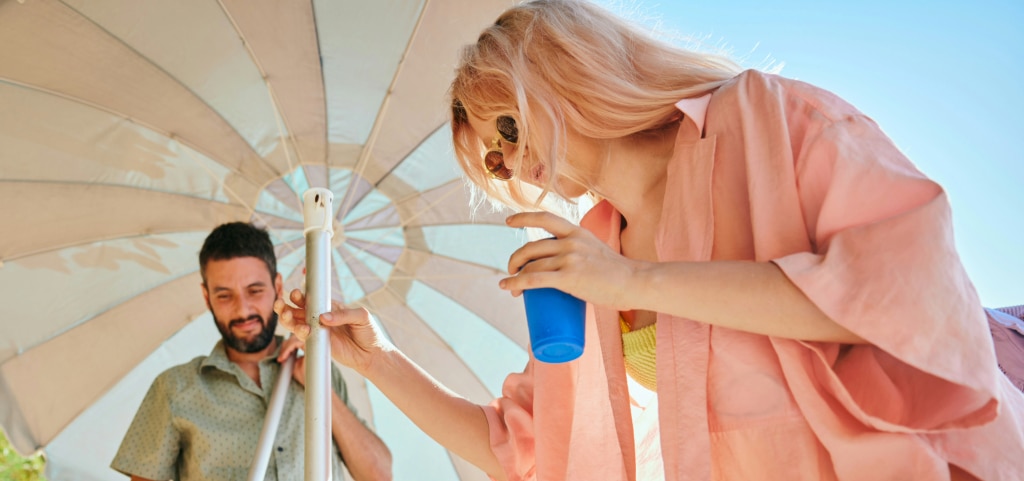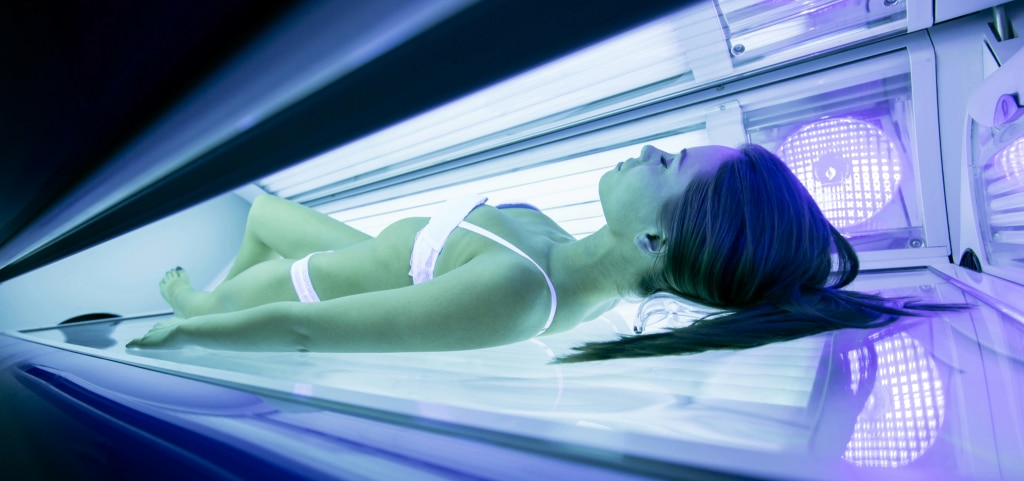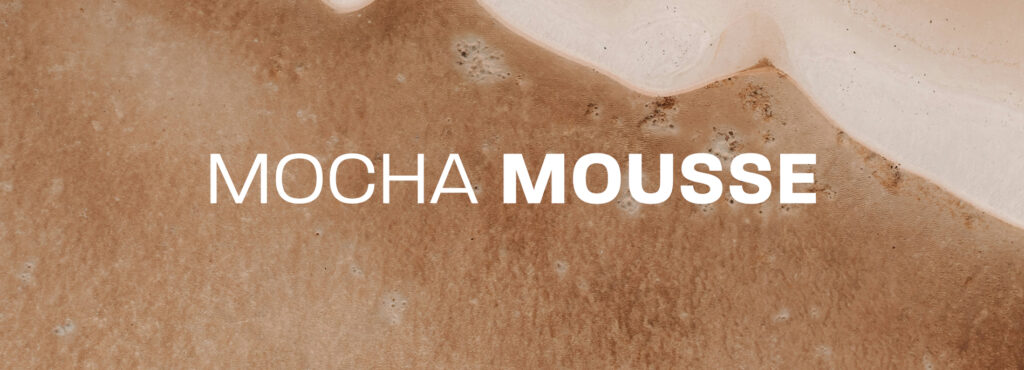Hot weather is on the horizon! This is exciting news for many of us but also an important reminder to stay safe in the sun. Soon enough you’ll be relaxing by a beach somewhere, enjoying a picnic in the park, or just generally spending more time outdoors. Keep yourself protected and look forward to relaxed summer days spent with friends and family.
Did you know that overexposure to UV rays can also have a negative impact on your eyesight as well as your skin? Well, it’s true. Ultraviolet light can cause diseases such as cataracts and lead to the development of macular degeneration. However, it’s important to remember that a reasonable amount of exposure to the sun is good as it provides the body with vitamin D.
Despite the benefits of sunlight, it’s essential to ensure you have suitable protection and that you take every precaution necessary to safeguard your sight. We have therefore come up with some top tips to help you stay safe in the sun and enjoy the experience the best way you can. But first, let’s start by discussing the importance of Sun Awareness Week.
What is Sun Awareness Week?
Sun Awareness Week is a national campaign that runs from Monday 12th to Sunday 18th May this year. It raises awareness of the dangers of sun exposure and the effects this can have on your health. In 2025, the campaign aims to educate people about non-melanoma skin cancer, the risk of skin cancer as result of sun exposure and the importance of carrying out self-checks.
Keep yourself protected with our sun safety tips:
Follow our top tips to keeping yourself safe in the hot weather this spring and summer.

Shield your eyes with sunglasses
We recommend strongly that you wear appropriate eyewear when exposed to the sun’s rays. Ideally, you’ll need large wraparound sunglasses or a pair with thick temples to guarantee the best level of protection from the sun. Choose designs with a good balance of functionality and style. If you’re wearing prescription glasses, you should also be certain the lenses have a UV filter.
At Glasses Direct, all of our sunglasses tints come with 100% UVA and UVB protection. UVA protection safeguards you from eye diseases like cataracts and the development of macular degeneration, while UVB protection helps to prevent snow blindness and certain eyelid tumours. You can choose from our dark, gradient, or polarised sunglasses. Transitions® lenses are another convenient choice. They adapt seamlessly to changing light conditions, going from clear glasses indoors to sunglasses outside. These innovative lenses also protect you from UV rays and sources of blue-violet light.
We even have a range of sophisticated lens packages. The Gold, Platinum and Diamond packages feature an anti-UV and anti-reflective coating. This means you can have a pair of glasses with a built-in UV400 coating to protect against radiation from the sun and reduce problematic reflections and glare. However, we still recommend sunglasses in very bright conditions to prevent you from squinting your eyes which can lead to discomfort and eye strain.
It’s important to be aware that reflected sunlight from water, sand and snow is still very dangerous. For this reason, wearing UV protection year-round, come rain or shine, is essential. To protect your eyes, we would also suggest that you avoid looking directly at the sun as this can cause permanent eye damage.

Make sure you use sunscreen
Apply sunscreen before you head outside to allow time for it to be absorbed into your skin and to provide effective protection from sunburn. Reapply sun cream every two hours and immediately after swimming, sweating, or using a towel. Even water-resistant sun creams will need to be reapplied regularly. Sunscreens normally have a Sun Protection Factor (SPF). This number indicates its ability to block the sun’s UV rays. As a rule, the higher the SPF number the better the UV protection. Most people are recommended at least SPF 30 or higher and a star rating of 4 to 5. If you’re using an old sunscreen from last summer, make sure you check the expiry date.
Your reaction to the sun may vary depending on your skin tone. Those with lighter skin have less melanin and are therefore more susceptible to sunburn and sun damage. Meanwhile, individuals with darker skin have more melanin and for this reason are less vulnerable to these effects. Despite this, it’s still important to avoid overexposure to the sun. Ensure any areas of your skin that might be exposed to the sun are well covered with sunscreen.

Take the time to cool off in the shade
Seek shade wherever possible to reduce the risk of sun damage. Stay under an umbrella or find other forms of shelter wherever possible. You can still have plenty of fun and stay safe in the sun but avoid direct sunlight.
The level of UV radiation will vary depending on the season and time of day. The UV Index (UVI) is a well-recognised scale used to measure the intensity of ultraviolet (UV) radiation. It begins at zero and can reach above 10. The higher the index, the greater the risk of skin and eye damage — and the quicker that damage can occur. According to the NHS, you should spend time in the shade between 11am and 3pm as this is when the sun’s rays are strongest, especially from spring to summer.

Hydrate your eyes with artificial tears
The warm weather can dry your eyes out, especially if you’re someone who wears contact lenses or if you suffer from allergies. Make sure you use eye drops regularly to soothe any irritation. Eye drops are designed to replicate natural tears which help to hydrate your eyes.

Wear protective clothing in bright sun
Make sure you don’t have any exposed skin. It’s especially important to cover your shoulders, chest and back with a comfortable, loose-fitting t-shirt or long-sleeve top. Dark colours will absorb more UV light than lighter colours. Darker colours will therefore make it far less likely that the UV rays will reach your skin. Although lighter colours are great if you want to stay cool because they reflect heat. Just don’t forget to apply sun cream for added sun protection. You should also avoid sitting in direct sunlight with a wet t-shirt as it offers far less UV protection. Aim to wear a close-weave straw hat or choose a soft and breathable fabric, especially a wide-brimmed hat which will help to shade your face, eyes, ears and the back of your neck.

Drink plenty of water!
It may seem like an obvious thing to say, but you really need to make sure you’re drinking enough water. Being outside in the sun can make you feel dizzy and thirsty, so be sure to cool yourself down with a cold drink. Be aware that sugary drinks will not hydrate you in the same way that water does. You should aim to drink around six to eight glasses of water a day. Our advice would be to take a large bottle of water out and remember to have regular sips. Keep your body hydrated, protect yourself and stay safe in the sun.

Stay clear of sunbeds and try spray tan
Try to avoid using sunbeds, sunlamps and tanning booths where possible. This is because, much like the sun, they emit high levels of ultraviolet radiation, which can significantly increase your risk of skin cancer, including melanoma. Sunbeds can also cause premature skin aging, eye damage and weaken the immune system. Even occasional use can be harmful. If you’re looking to tan, use fake tan or spray tan. These are much safer alternatives for your skin.




